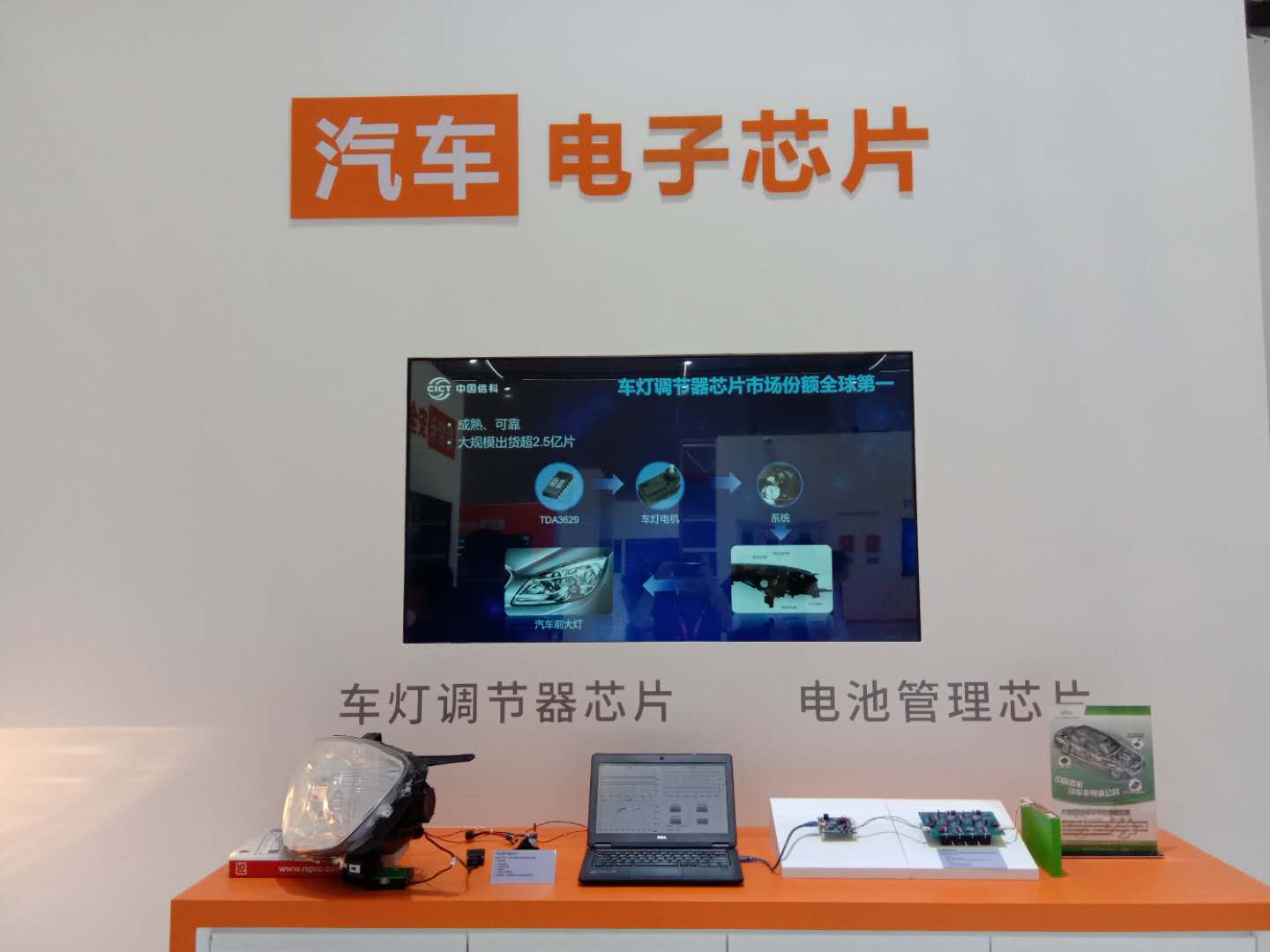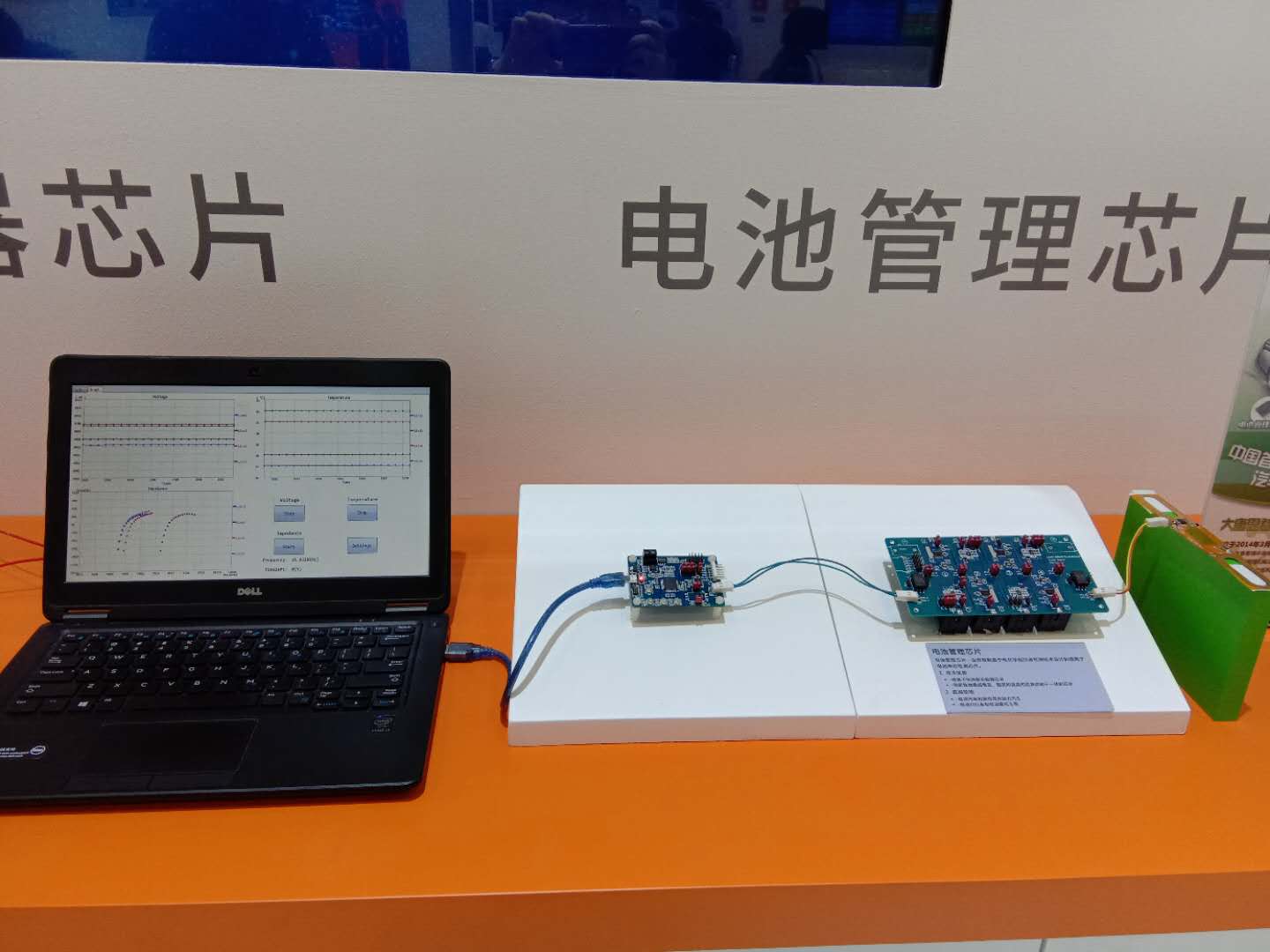Electric vehicles are an innovation-driven emerging industry, entirely driven by new technologies that create new demand. In the draft of the 13th Five-Year Plan, it has been clearly required to implement the promotion plan of new energy vehicles and improve the industrialization level of electric vehicles. This means that China's new energy vehicle industry will usher in a golden five years. The prospect is huge, but there are also huge challenges, the most important of which is the lack of independent core technology.
Different from the three key components of traditional cars -- engine, chassis and gearbox, new energy electric vehicles also have the so-called "three major components", namely battery, motor and electronic control, and one of the most important components is BMS -- battery management system. At present, the suppliers on the market are mainly foreign-funded semiconductor manufacturers. Datang Telecom Technology Co., LTD. (hereinafter referred to as: Datang telecom) and the world's largest semiconductor manufacturers in the Netherlands, grace wisdom pu semiconductor holding hands in 2014, established China's first auto semiconductor companies -- Datang NXP Semiconductors (DNS), located in the new energy vehicles, hybrid electric vehicle power management and drives, as well as the new energy related IC design field, focus on independent research and development, To become the world's leading automotive semiconductor company.
Battery management system (BMS) is an important link between vehicle power battery and electric vehicle, and is the control center of vehicle energy supply system. The importance of battery management system for new energy vehicles is mainly shown in the following three aspects: First, the battery management system can monitor the working parameters of the power battery in real time to ensure the safe operation of the power battery, so as to ensure the safe and reliable operation of the car; Secondly, the monitoring parameters provided by the battery management system, such as the state of charge and available power of the power battery, can also help the vehicle control system to develop appropriate control strategies, which is conducive to improving the power and safety of electric vehicles and reducing emissions. Third, the battery management system can make the power battery work in the best working area, avoid overcharge and overdischarge, improve the use efficiency and prolong the service life by monitoring the working parameters of the power battery and estimating the state of the battery. To sum up these three points, there are two core technologies: one is the diversity and accuracy of data collection in battery status monitoring, and the other is battery health status management.
The lithium-ion battery monitoring chip independently developed by Datang Telecom is the first single-core lithium-ion battery detection chip designed based on electrochemical impedance spectrum technology in the industry. Different from the traditional battery monitoring chip, it innovatively integrates voltage, impedance and temperature monitoring functions, so as to realize the perfect combination of electronic technology and electrochemical technology.

As is known to all, the current state estimation of SOC (State of charge) is mainly achieved by monitoring the current of the battery, carrying out coulomb integral calculation, combining with the open circuit voltage of the battery itself and related temperature compensation. For temperature compensation, the current scheme is a thermocouple detection scheme which can only reflect the cell surface temperature. In view of the high precision demand of temperature compensation, datang Telecom battery monitoring chip based on electrochemical impedance spectrum (EIS) measurement technology, through the corresponding relationship between impedance, frequency and temperature, without external thermoelectric sensor that can obtain the internal temperature information of the battery; In addition to saving cost, this scheme can reflect the internal temperature of the cell and provide a more accurate theoretical basis for BMS to calculate SOC.
In addition, the state of health (SOH) of battery has always been one of the difficulties in battery management system. Currently, most of the domestic SOH estimation methods use the comparison between the current battery charge state and the factory rated charge state, and the relevant algorithm to estimate THE SOH. Since there is no direct data to support the battery health status, such as electrochemical internal resistance, the results are not ideal. The electrochemical impedance spectrum used by Datang Telecom battery management monitoring chip is a good supplement to this problem, which enables users to clearly observe the Nyquist curve representing the change of electrochemical impedance from high frequency to low frequency changes in each stage. Based on the battery in the "empty" electricity "with power" the characteristic impedance of information, and electrochemical impedance spectroscopy analysis of electrochemical Rsei (solid electrolyte membrane impedance) and Rct impedance (drift) can be greatly increased the reliability and accuracy of this method, the battery management system (BMS) system vendors can by electrochemical impedance information to optimize the original SOH algorithm, Thus, the SOH accuracy can be improved, and more effective and reliable data can be provided for the cascade utilization of lithium-ion batteries for vehicles.

In addition, Datang Telecom battery management monitoring chip has a lot of innovation in cost control. Unlike traditional BMS chips, which use a lot of external connections, a single Daisy chain communication line can connect the communication between each chip and the battery pack controller. Using datang Telecom's scheme, the design will be more concise, the system cost will be more economic.